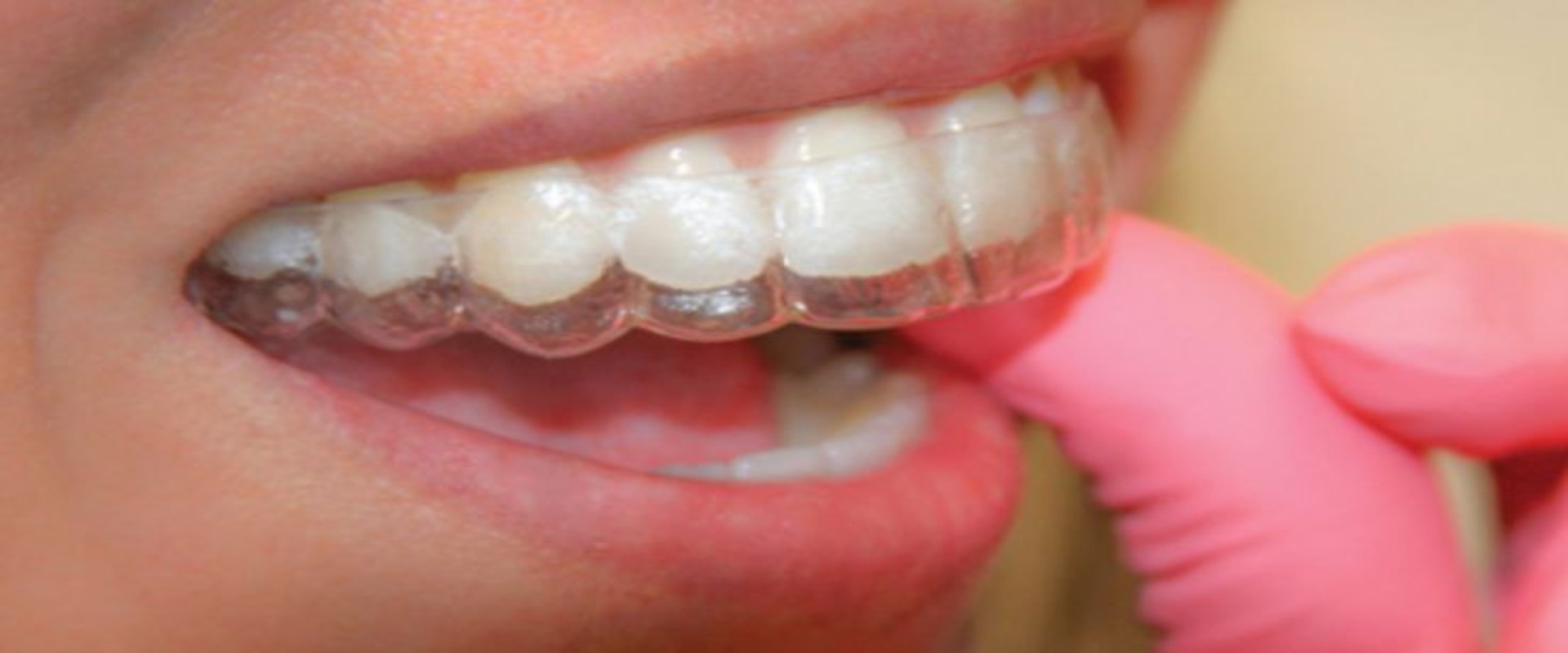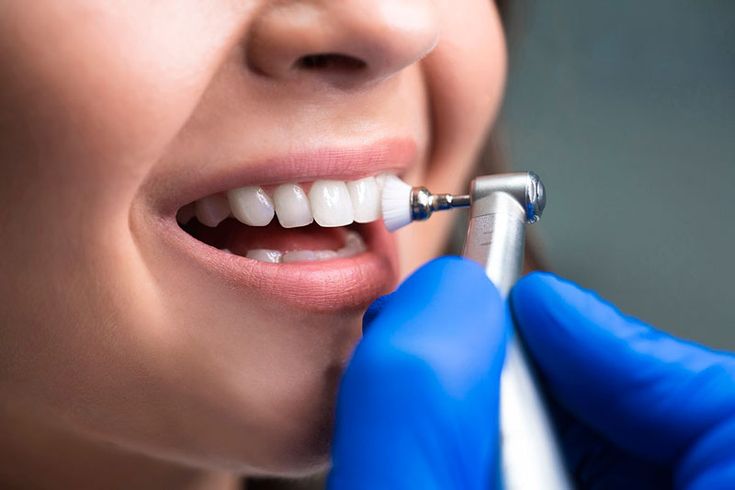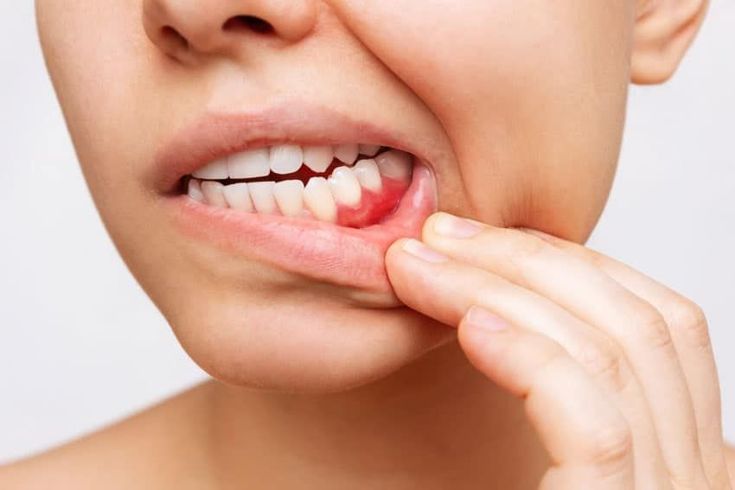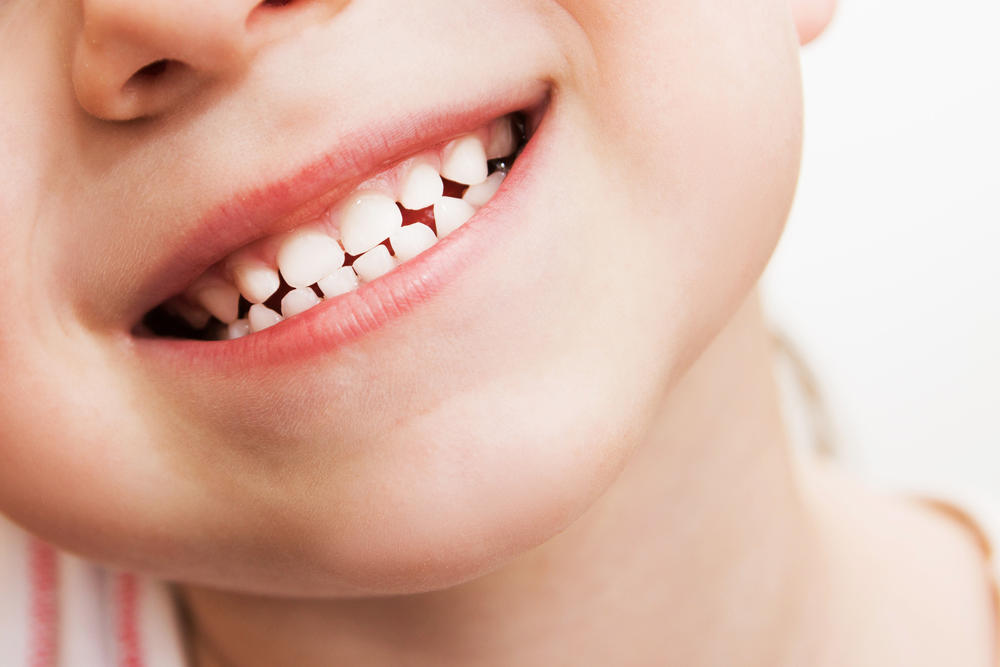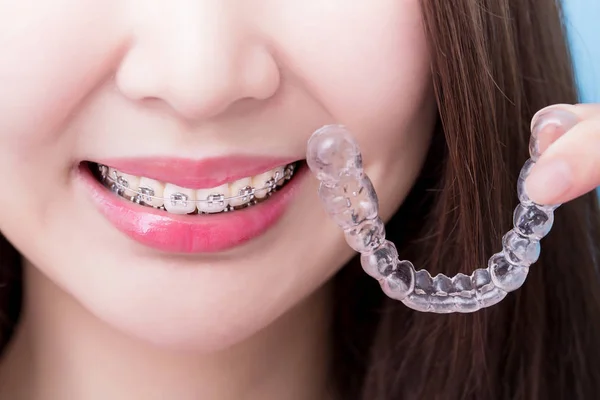The Benefits of Early Orthodontic Intervention
Early orthodontic intervention offers several advantages, including preventing more severe dental issues from developing. By starting treatment at a young age, orthodontists can address problems like misalignment, overcrowding, and bite issues before they become more complex. Early intervention can also guide the growth of the jaw and teeth, creating a more favorable environment for permanent teeth to come in correctly. This proactive approach often leads to shorter, less invasive treatment in the future and sets the foundation for a healthier, more attractive smile.
Early orthodontic intervention can have a positive impact on long-term dental health. By addressing issues early, children are less likely to experience significant problems with their bite, alignment, or jaw development later on. This can reduce the need for more extensive treatments in adolescence or adulthood. Additionally, correcting alignment issues early can improve oral hygiene, as properly aligned teeth are easier to clean, reducing the risk of cavities and gum disease. Investing in early orthodontic care helps ensure a healthier, more functional smile for years to come.
Children who undergo early orthodontic treatment often experience improvements in self-esteem and confidence. Misaligned or crooked teeth can be a source of self-consciousness for young patients, and addressing these issues early can help them feel better about their appearance. Early intervention not only improves the alignment of the teeth but also helps correct any functional problems, contributing to a more confident and positive self-image. By starting treatment early, children can enjoy the benefits of a beautiful smile during their formative years. An early orthodontic evaluation typically involves a comprehensive assessment of a child's dental development and growth patterns. The orthodontist will examine the alignment of the teeth, the bite, and the overall structure of the jaw. X-rays and digital imaging may be used to gain a complete understanding of the child's dental development.
